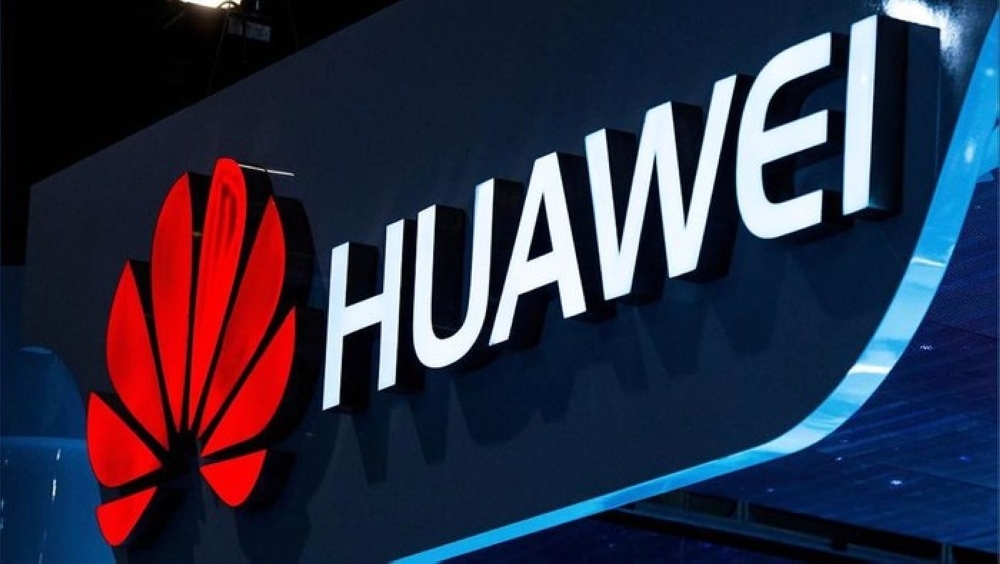
Muscat: Huawei recently published its 2018 Sustainability Report, highlighting its efforts in achieving the UN's Sustainable Development Goals (SDGs), by building a sustainable and more inclusive ecosystem with its industry partners and executing its own sustainability strategies. Published 11 consecutive times, the 2018 report explains HuaweiI’s four strategies for sustainability: digital inclusion, security and trustworthiness, environmental protection, and a healthy and harmonious ecosystem. At the launch event for the report, Liang Hua, Chairman of Huawei, said, "Huawei has been creating value for its customers through innovation. We are doing everything we can to bridge the digital divide and meet the world's needs for connectivity," Liang continued, "We want to make digital services more affordable and equally accessible to all, and to do our part in contributing to social and economic development." Liang also explained that environmental protection is also a key component of Huawei’s sustainable development initiatives. Liang added, "Energy efficiency has become a major consideration for future communications networks. We have to use less energy to transmit more data, and reduce the overall energy consumption of power systems. ICT technologies can help." Liang went on to say that Huawei has made many innovations in the course of its 5G research, product development, and engineering. The company has managed to reduce the power consumption per 5G site to 20 per cent less than the industry average. This has been made possible by the new Huawei chipsets, system software, professional services, and advanced hardware and heat dissipation technologies. These innovative technologies have made the company’s 5G more energy-efficient. With the right solutions in place, Huawei’s 5G will be a green technology. Kevin Tao, Board Member and Chairman of Sustainable Development Committee of Huawei, remarked, "We want to bring the benefits of digital technology to every person, home, and organization. To this end, we have launched a global digital inclusion initiative called TECH4ALL. For example, our RuralStar solution has connected 40 million rural residents as of the end of 2018." Tao added, "We currently provide communications services to over three billion people around the world, and we are committed to supporting secure network operations worldwide. We honor this commitment no matter what, he said. "For example, in 2018, after a magnitude 7.7 earthquake hit Indonesia, Huawei was the first and the only vendor to the scene." Tao also announced Huawei’s new sustainability strategies, which include two major changes. First, the company has expanded its strategy of bridging the digital divide into a digital inclusion strategy. Building on connectivity, the company is now also paying more attention to applications and skills. Second, its strategy of supporting stable and secure network operations and protecting user privacy has been upgraded into the "security and trustworthiness" strategy. Huawei incorporates sustainability in everything it does – in its innovation, value creation, and value sharing with its partners – so that it can deliver greater business value and social value. Looking forward, the company will work even harder and do its part in building a better, sustainable future.